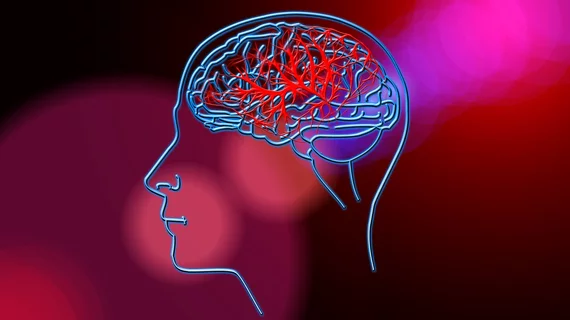Incomplete neurovascular imaging work-ups to blame for subsequent stroke in patients with TIA
Patients presenting to emergency departments with symptoms of transient ischemic attack (TIA) who do not undergo a full neurovascular imaging work-up are at an increased risk of suffering a stroke in the weeks following their discharge.
Up to 37% of patients presenting with TIA do not receive a full neurovascular imaging work-up, according to new data published in the American Journal of Roentgenology. In turn, the odds that these patients will have a stroke within 90 days after discharge are increased in comparison to those who do undergo a full workup.
“Multisociety guidelines recommend urgent brain and neurovascular imaging in patients with transient ischemic attack to identify and treat modifiable stroke risk factors,” Vincent M. Timpone, MD, with the Department of Radiology at University of Colorado Hospital, and co-authors noted. “Prior research suggests that most patients with TIA presenting to the emergency department do not receive prompt neurovascular imaging.”
To assess how ED work-ups affect outcomes in patients with TIA, the team analyzed data from more than 110,000 symptomatic patients who presented to EDs in the U.S. in 2016 and 2017. Patients were considered to have undergone a complete work-up if they completed cross-sectional vascular imaging of both the brain (brain CTA or brain MRA) and neck (neck CTA, neck MRA, or carotid ultrasound) during or within two days of their initial encounter.
Out of the 111,417 patients included in the analysis, 41,592 (37.3%) did not complete the recommended imaging exams; 7% of those individuals received a new stroke diagnosis within 90 days of their encounter at the ED.
Even when adjusting for patient and hospital characteristics (age, sex, race, region, rurality, number of beds, etc.), these patients were found to be more likely to suffer a stroke in the months following their TIA in comparison to those who completed the recommended protocols. These findings could indicate an issue with access to advanced neurovascular imaging, the authors noted, later adding that it also might “represent a target that could facilitate detection and treatment of modifiable stroke risk factors.”
The study abstract is available here.

